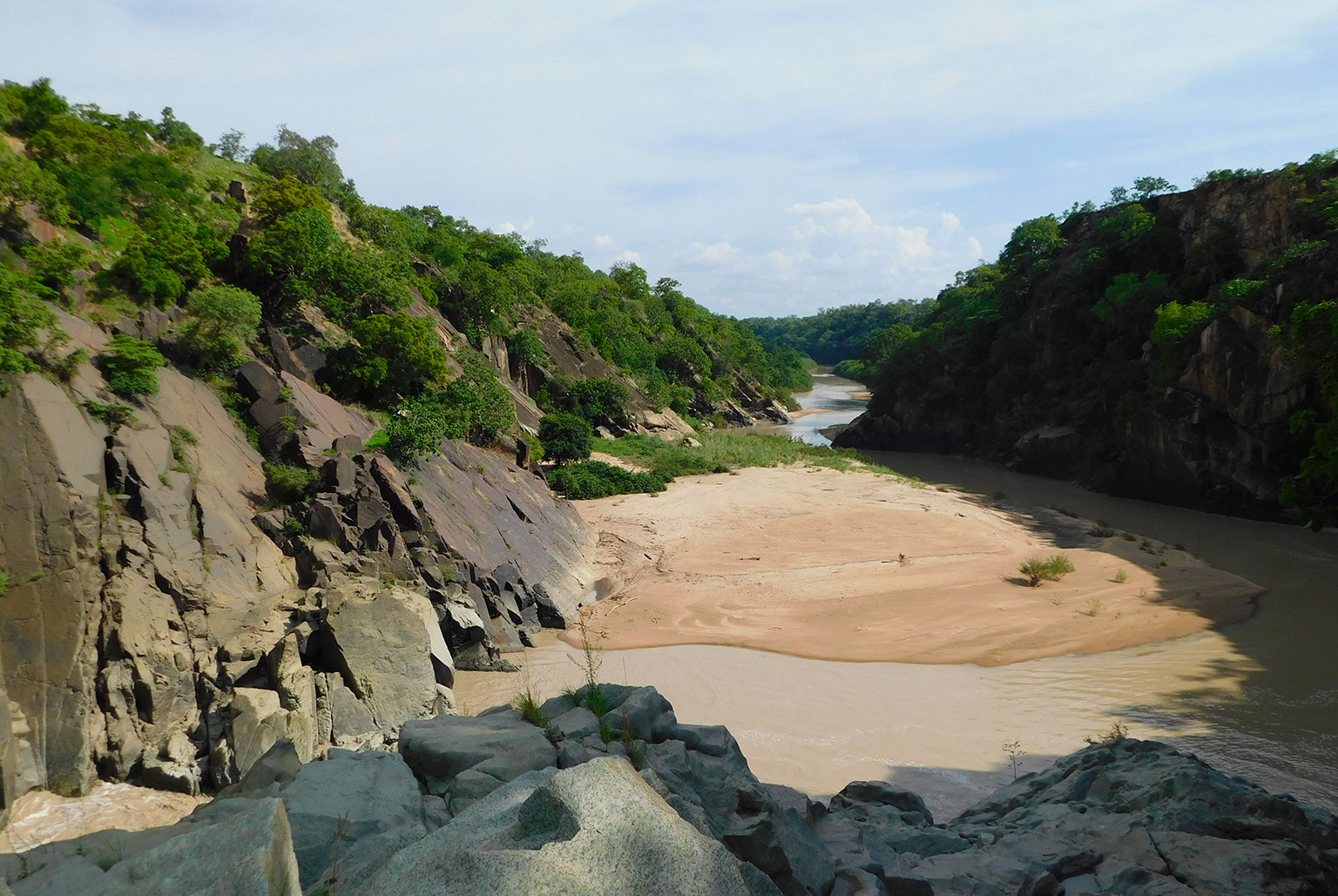Legislation concerning the park is highly protective, with a view to restoring its biodiversity, which has been severely degraded by human activity. This includes the Zah Soo Falls, an important functional zone for the maintenance of fisheries resources that are then fished in the downstream waterways, like the Léré and Tréné.
Community agents are
responsible for informing local populations that no natural resources may be
exploited in this last bastion of wildlife. On the other hand, in the complex surrounding
the park, moderate economic activities are allowed, such as livestock farming and
agriculture. The role of the agents is also to engage in conversations with
people from the communities to identify compensatory activities that meet their
needs, thus involving them in park management.
WHY PROTECT A GREEN HEART OF BIODIVERSITY
The central area of the complex, the Zah Soo National Park, with its rivers, waterfalls and steep hills, was chosen to be at the heart of a strong scheme of protection towards agricultural and livestock activities.
The benefits of a restored park in the medium
term are numerous, not only directly for the local flora and fauna, but also
indirectly for its human inhabitants. The ecosystem services rendered are
tangible: air quality, water quality, protection against erosion and drought,
mitigation against climate change, and so on. More specifically, there is a
gradual regrowth of vegetation in this area, which influences the cycle of rainfall,
provides shelter for pollinators, guarantees a habitat for wildlife, provides
local medicinal herbs like in earlier days, etc. This green heart of biodiversity
can thus benefit the entire surrounding complex, which in turn gains in terms
of varied pastures, hydrometry, wildlife, etc.
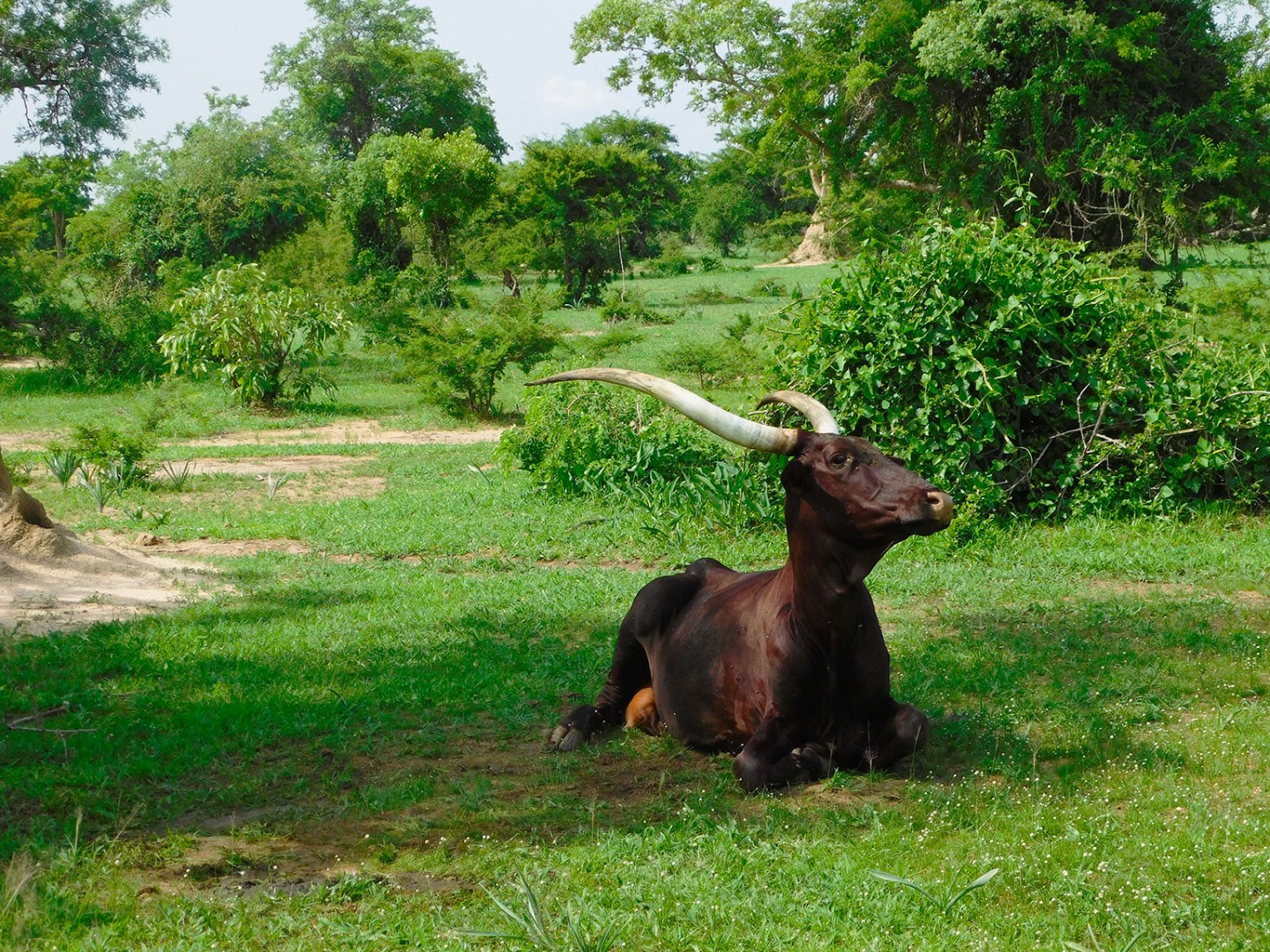
...AND ITS INHABITANTS
Transhumant pastoralists, mainly Fulbe, Oudah
and Mbororo Fulani, generally from Cameroon, Niger, Nigeria and the Central
African Republic, pass through the area on a seasonal basis, building temporary
camps.
On the other hand, herders and agro-pastoralists also reside in the region on a permanent basis, sometimes tending fields with their families, ploughed by their draught cattle. There are also farmers looking for new areas to cultivate, and people who collect wood and plant species or engage in hunting.
The main economic activity, however, remains livestock
farming, which is why the agents are actively working to reduce its impact.
WE TALK TO MEMBERS OF THE COMMUNITY DEVELOPMENT DEPARTMENT
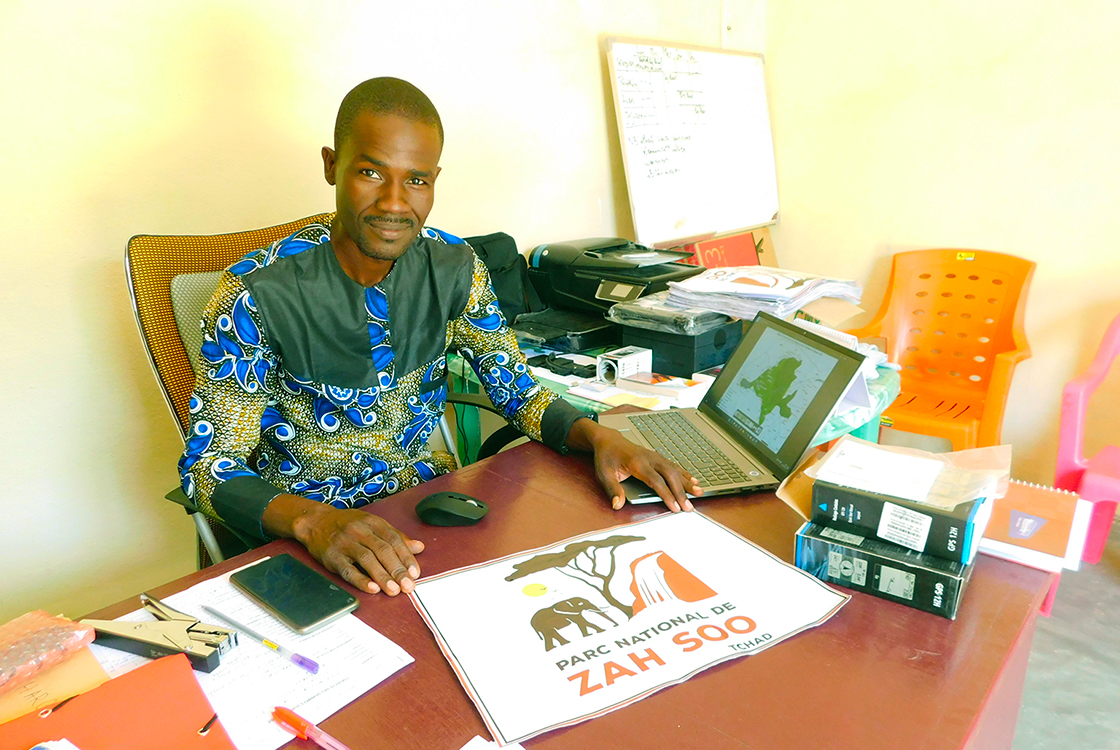
"Locals encountered in the protected area are often of Fulbe-Binder,
Haoussa, Moundang, Fulbe, Toupouri or Bainawa ethnicity. Consequently,
community agents are also recruited on the basis of their language skills, to
facilitate contact," explains Félix Louassouabe, head of this department.
"The facilitators engage in conversations with these people on topics such
as the creation of the park, governance tools, the problems they encounter,
environmental issues affecting them, etc.".
What makes a good community
agent?
"For me, an agent must come from the local communities and know their
traditions well. The locals must be able to identify with the agent, see them
as a peer. Once recruited, we train the agents in awareness-raising techniques,
the use of GPS, data collection in the field in relation to livestock
practices, the detection of human-wildlife conflicts, and so on.
In addition to raising
awareness about the need to respect constraints, what support do community
agents offer local populations?
"There is a wide range of support: reporting fields devastated by
wildlife, searching for stray cattle or people lost in the park, relaying
information about animal theft to the park control room, etc.".
How are community agents
perceived by local residents in and around the complex?
"They are often much appreciated, because their approach is based on
listening above all. They offer the community a sympathetic ear. They take the
time to drink tea with them when they meet and are happy to act as mediators
when there is friction, for example between sedentary and transhumant
herders".
"The majority of the herders I talk to understand the importance of
the park," says Abakar, who has been a community agent for over 6 months.
"They want the park to exist, and think that if it didn't, the area would
be covered with fields and villages, with no grazing for their livestock.
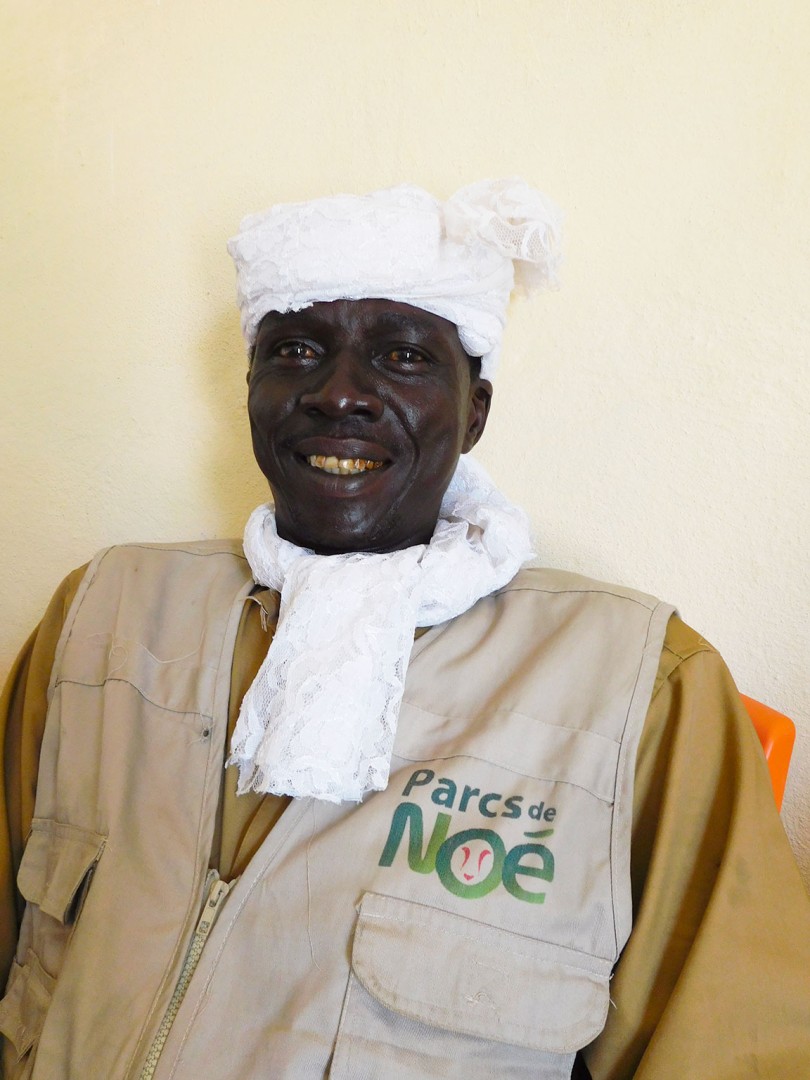
"Some herders complain that because of the park, they don't have as
much access to the reserve as they used to have," adds Alioum, another
community agent. “But they are few. Others say, on the other hand, that they
start seeing animals again that they haven’t encountered in a long time, such
as kob and hyaena. They also report finding wild medicinal plants that had
disappeared long ago.
Nourradine, who has been a community worker for 3 months, adds with a
smile: "Some pastoralists think that grass comes from God and will always
grow back, whereas many understand very well the link between the presence of
vegetation and the onset of the rains".
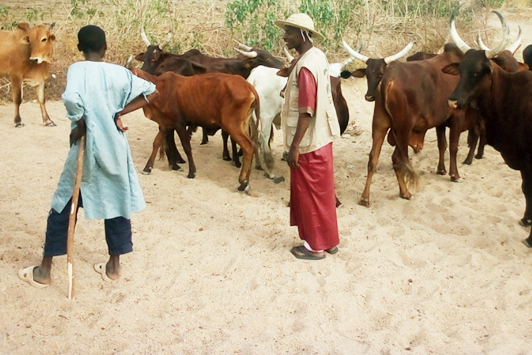
Overall, what are the
challenges faced by community agents?
"They are varied in nature," continues Félix. "For example,
some tracks in the park are impassable in rainy weather. The anti-poaching
agents, who are responsible for following up after the community agents have
observed any infractions, may find it difficult to get to the site.
Sporadically, some herders or farmers will react with hostility towards the
agents. Others send their livestock into the park, hiding in the trees! But
this is very rare.
What solutions are being
developed to achieve harmony between pastoralist practices and their
compatibility with a balanced ecosystem?
"A recent study of pastoralism has led to the identification of
so-called "deconcentration" zones, which could offer alternative
grazing to the park. These areas will be selected and validated in conjunction
with the stakeholders before any development takes place, of course.
Are repeat cases of intrusion
into the park's core zone frequent?
"They are rare. Most people leave the area after talking to the
facilitators. If they don't, their details are sent to the anti-poaching
department after a period of tolerance, which then decides what action to take
together with the national authorities.
What are the long-term
objectives for the Complex and the National Park?
"We're aiming for inclusive management within and around the Complex,
which takes into account the economic activities of local communities, such as livestock
farming. At the same time, we would like to see livestock pressure in the park
considerably reduced through awareness-raising, support for stakeholders
through the development of deconcentration zones, etc.
It's a balance we believe is necessary for everyone, and achievable in the
medium term.
